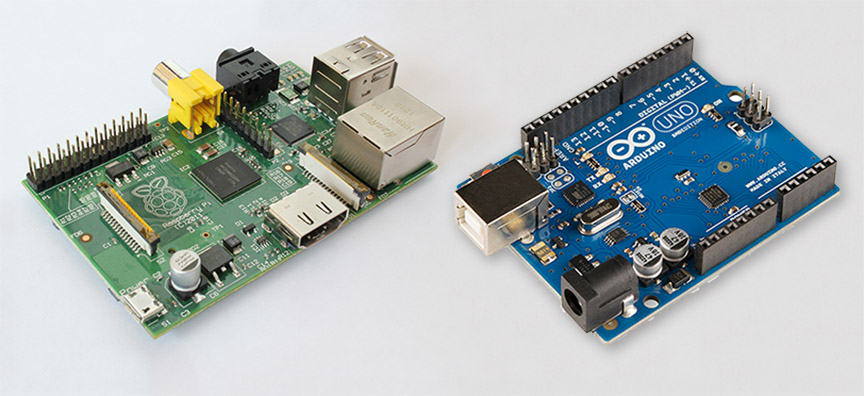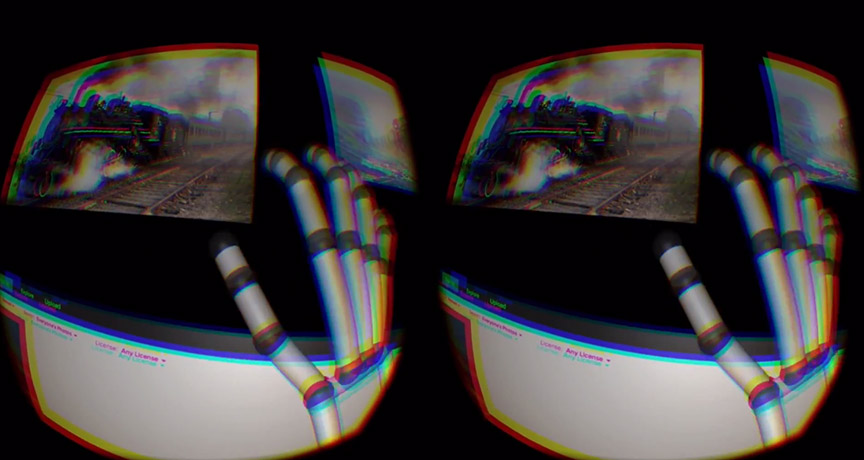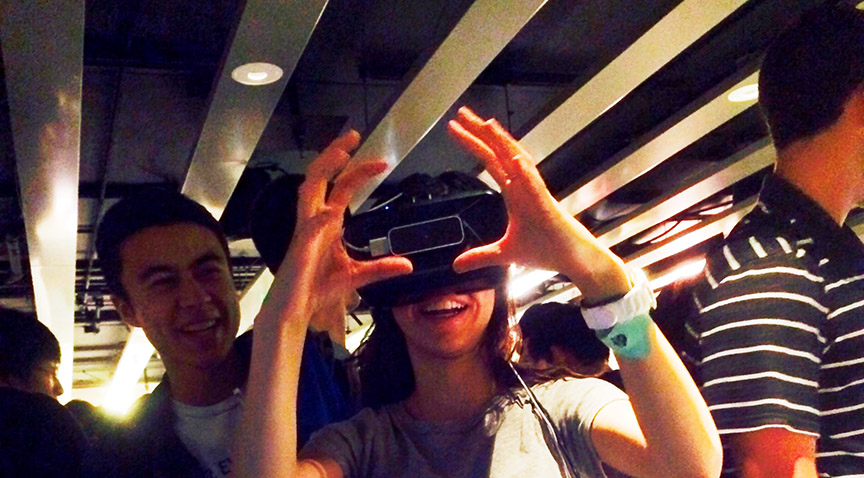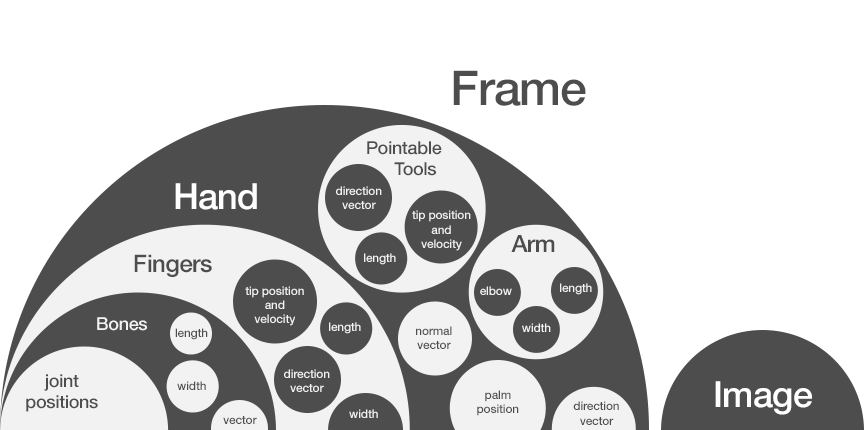With the 3D Jam just around the corner, we thought we’d give you a headstart – with a full guide to the very latest resources to bring your to life. In this post, we’ll cover everything you need to know about our integrations and best practices for augmented and virtual reality, desktop, and the Internet of Things. A […]
// JavaScript
What makes a collection of pixels into a magic experience? The art of storytelling. At the latest VRLA Summer Expo, creative coder Isaac Cohen (aka Cabbibo) shared his love for the human possibilities of virtual reality, digital experiences, and the power of hugs. Isaac opens the talk by thinking about how we create the representation […]

For hardware hackers, boards like Arduino and Raspberry Pi are the essential building blocks that let them mix and mash things together. But while these devices don’t have the processing power to run our core tracking software, there are many ways to bridge hand tracking input on your computer with the Internet of Things.
In this post, we’ll look at a couple of platforms that can get you started right away, along with some other open source examples. This is by no means an exhaustive list – Arduino’s website features hundreds of connective possibilities, from different communication protocols to software integrations. Whether you connect your board directly to your computer, or send signals over wifi, there’s always a way to hack it.
We learned so much on the ground with our developer community in 2014. Translating soothing gestures into meditative brainwaves on EEGs. Springing drones to life. Navigating new ways of thinking about user interfaces in VR.
You’ve built incredible things this year, and along the way, we’ve based many of the experiments, resources, and examples found in the Developer Portal on your feedback and feature requests. We can’t wait to keep that conversation going in the New Year. And now, for a bit of inspiration, behold – our 2014 Shortlist of Virtual Superlatives:

How pervasive will virtual reality be? VR has the power to fundamentally transform the way we learn, play, share and even browse the web. Mozilla’s recent experiments combining VR and the web pave a path towards virtual presence – pushing beyond disconnected feelings of immersion and bringing us into new places with a life of their own.

It’s no secret that for many developers in our community, midnight is the hour when the hacking gets good. Late last Friday night, over 1,000 undergraduates from across the country poured into California Memorial Stadium for Cal Hacks, a 36-hour coding spree put on by Major League Hacking. Sponsors ranging from tech’s biggest players to […]

Last week, we took an in-depth look at how the Leap Motion Controller works, from sensor data to the application interface. Today, we’re digging into our API to see how developers can access the data and use it in their own applications. We’ll also review some SDK fundamentals and great resources you can use to get started.

